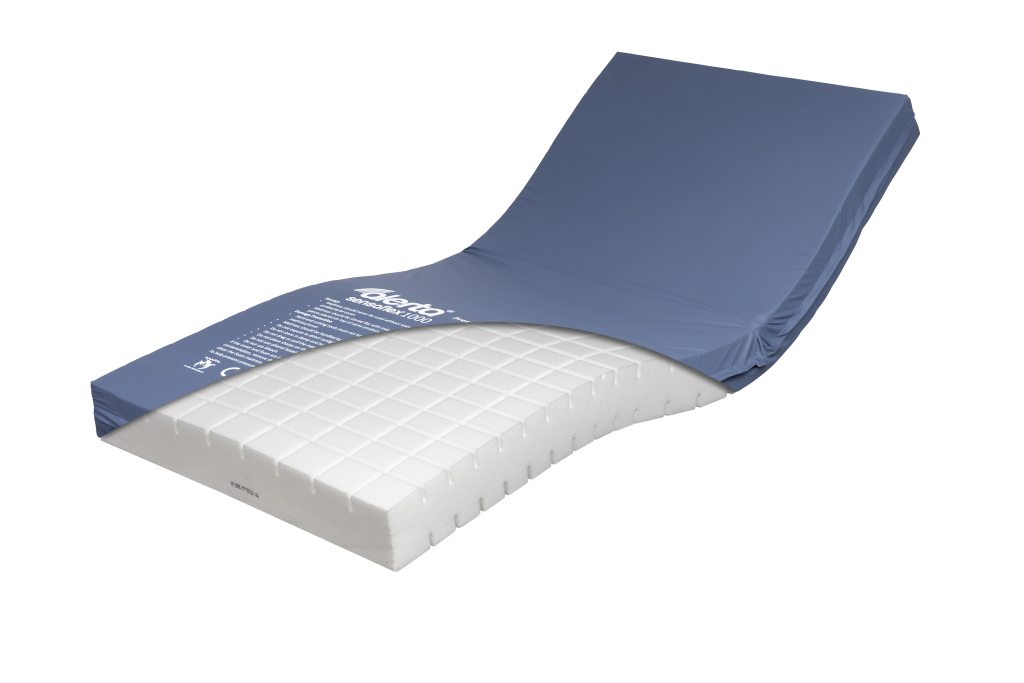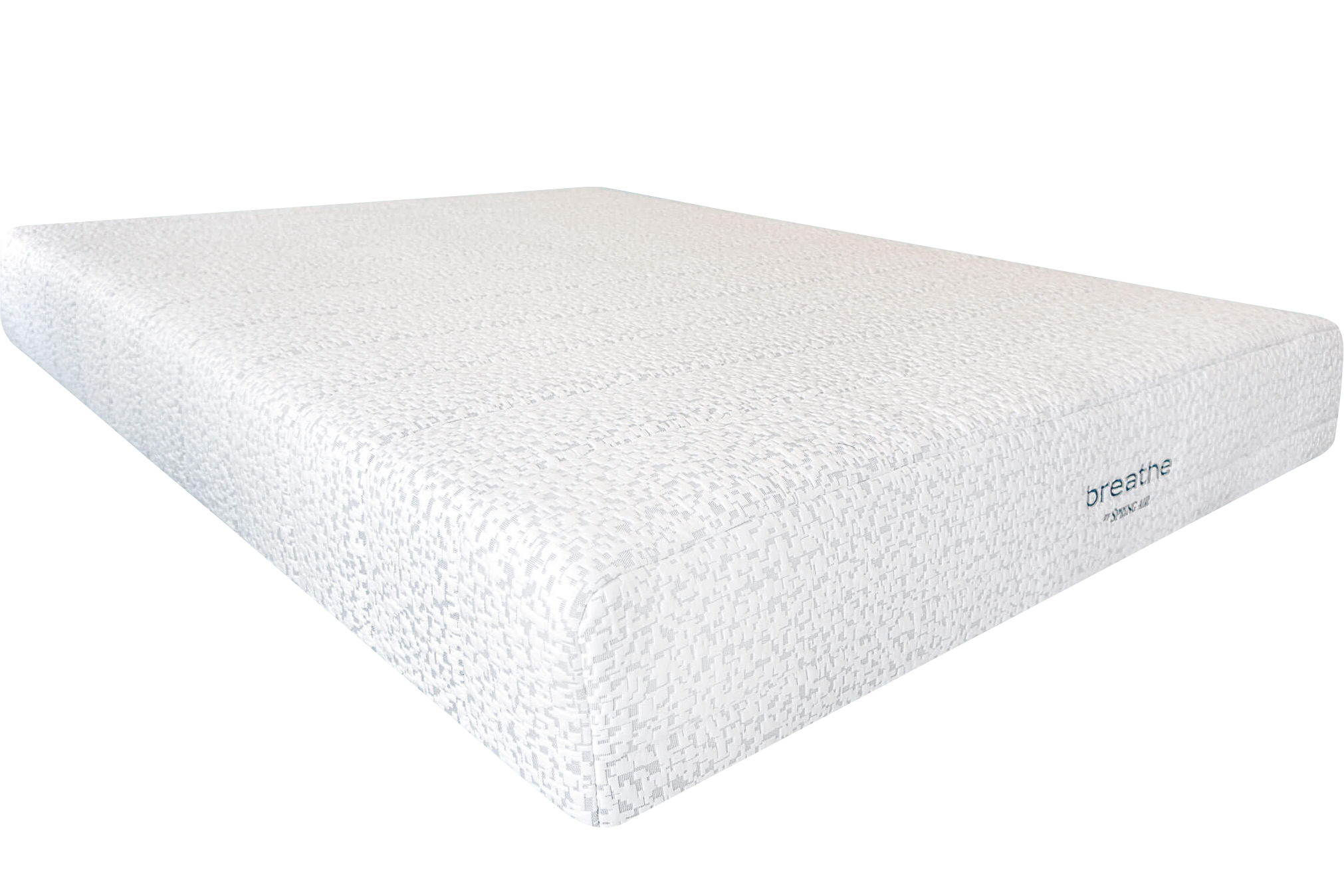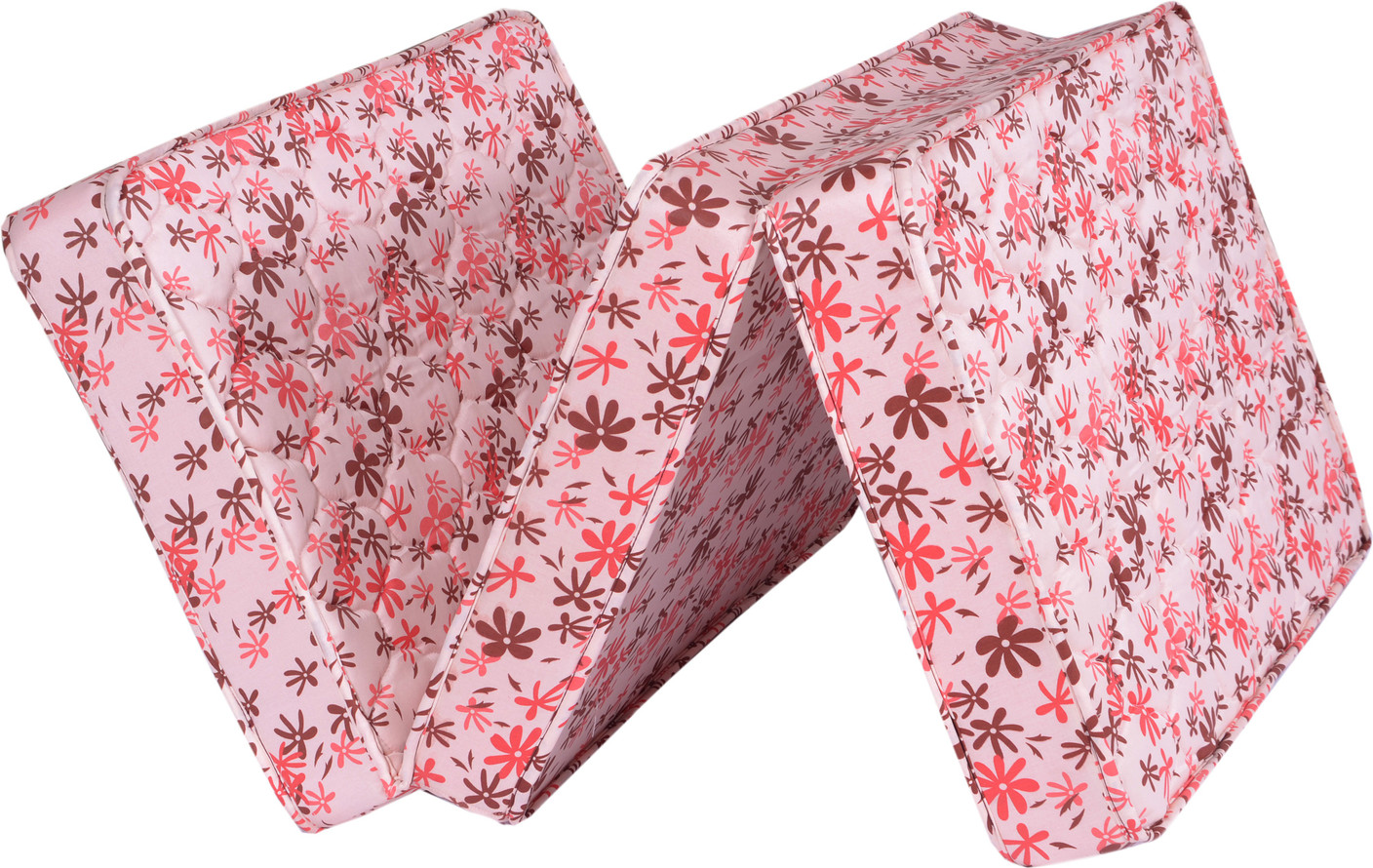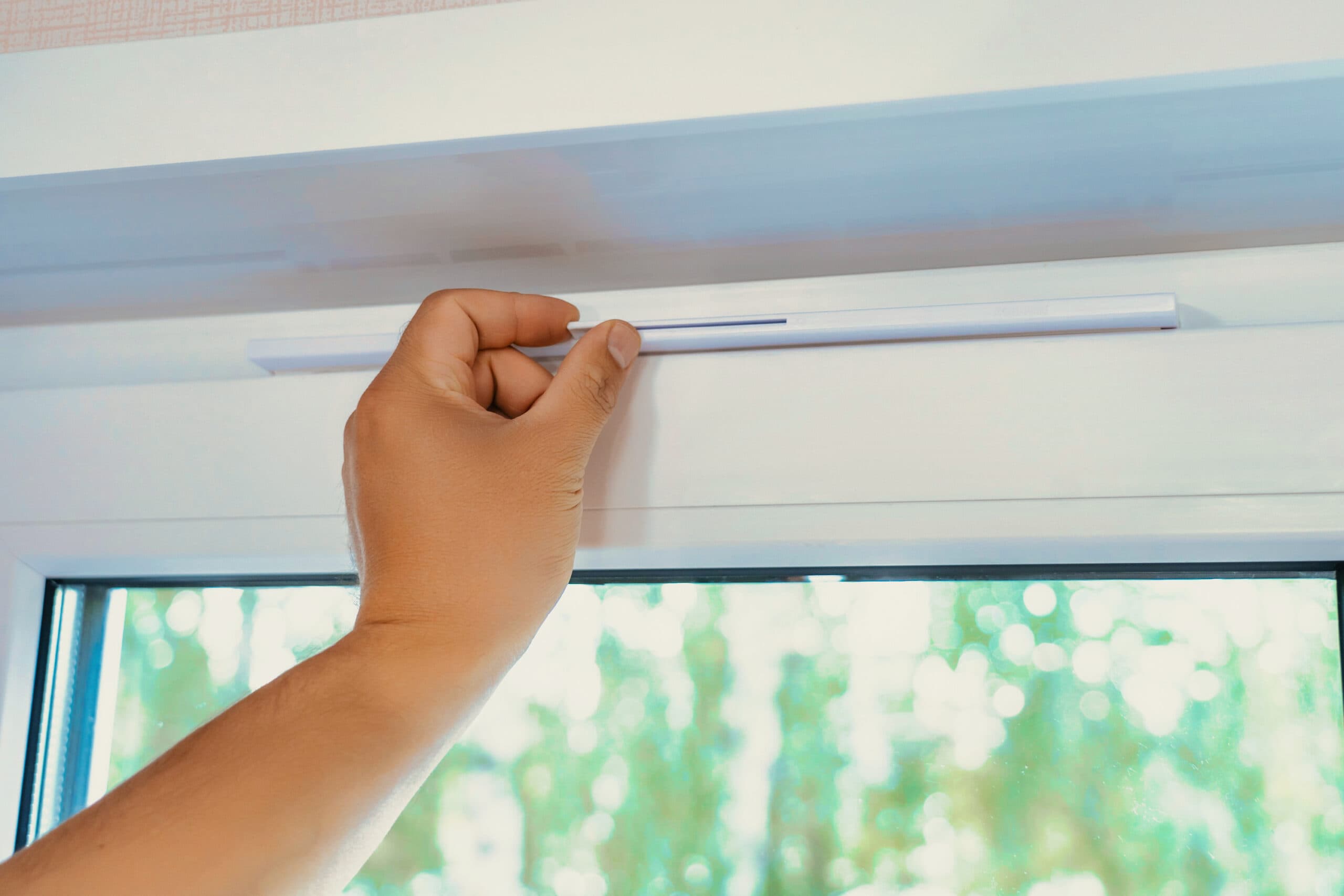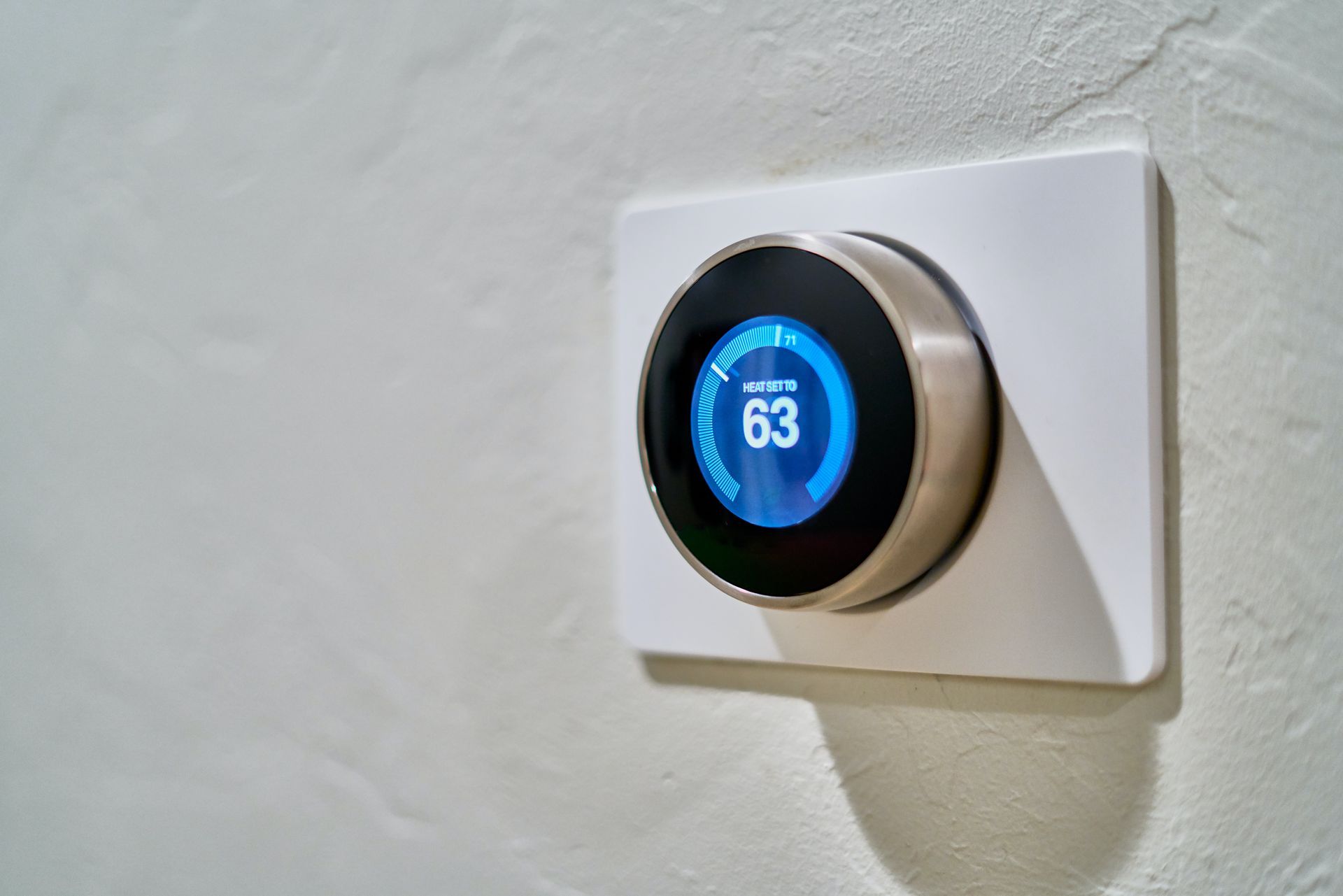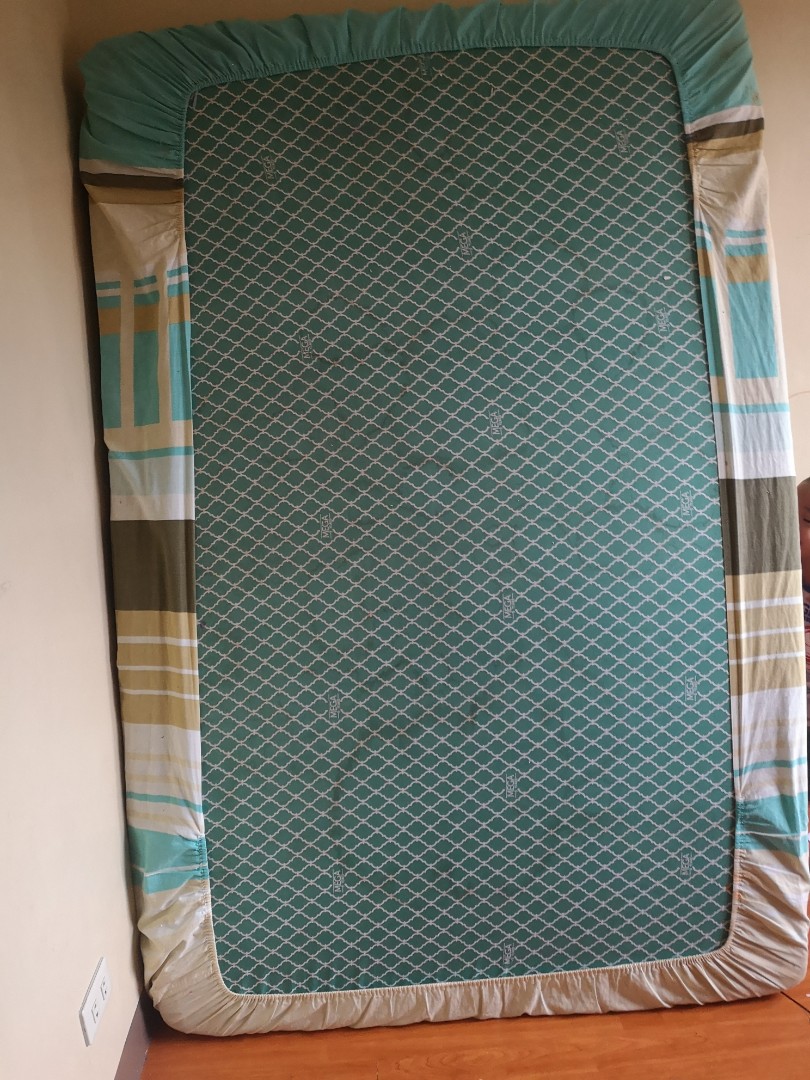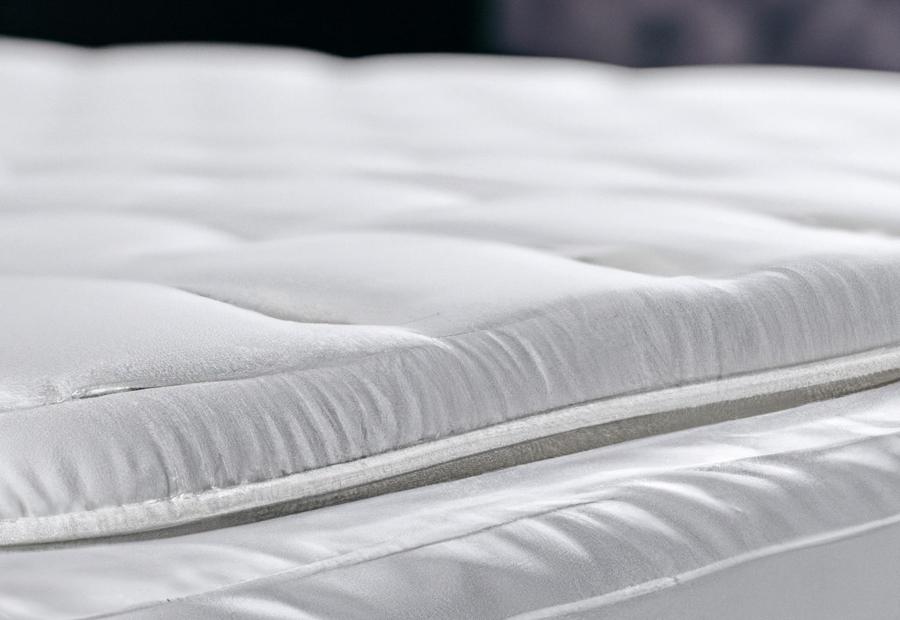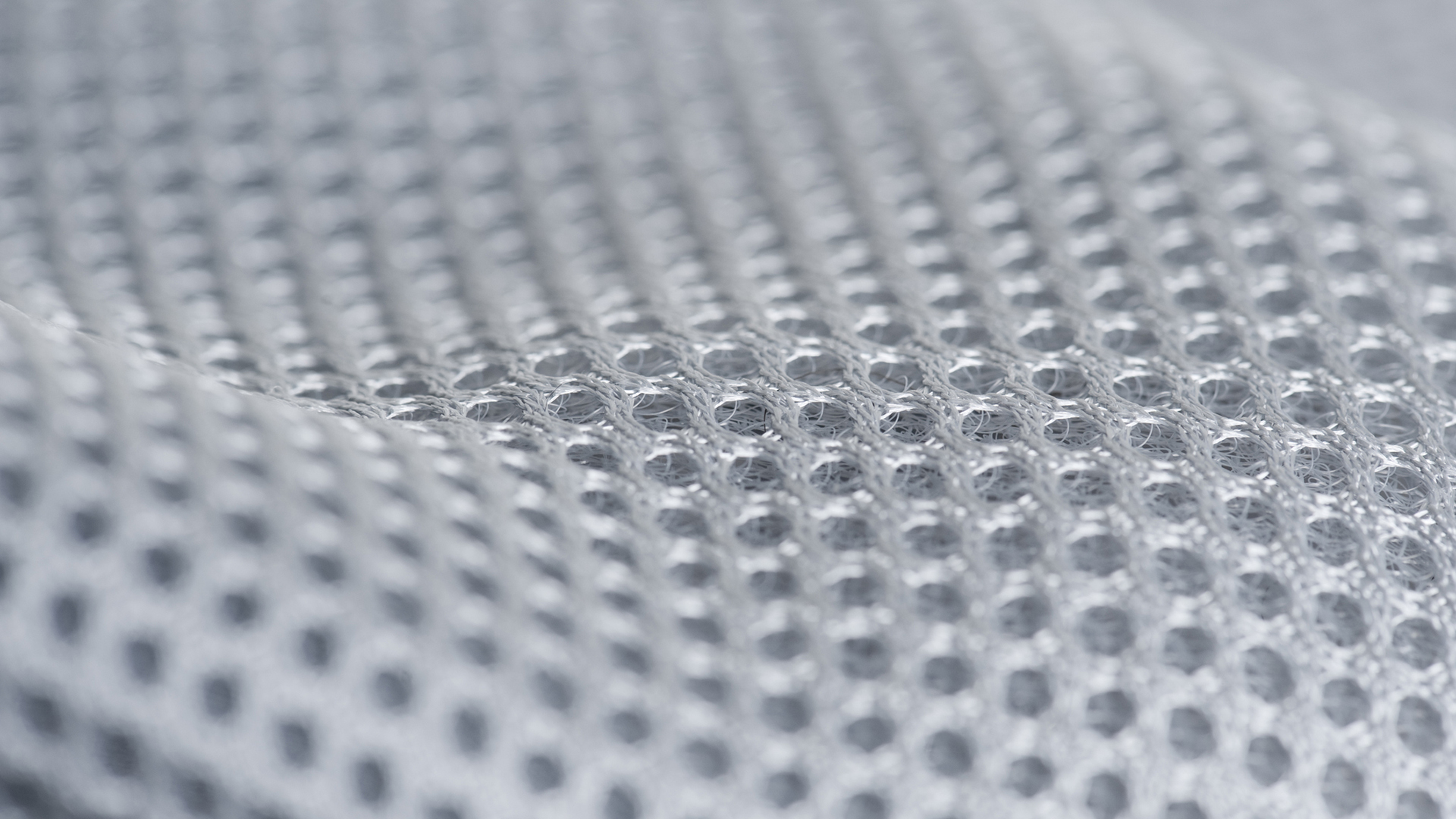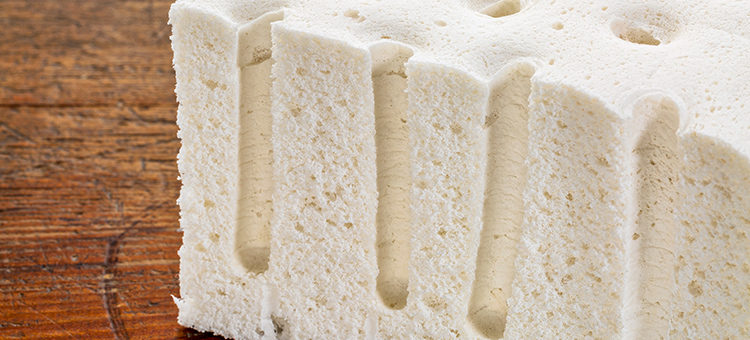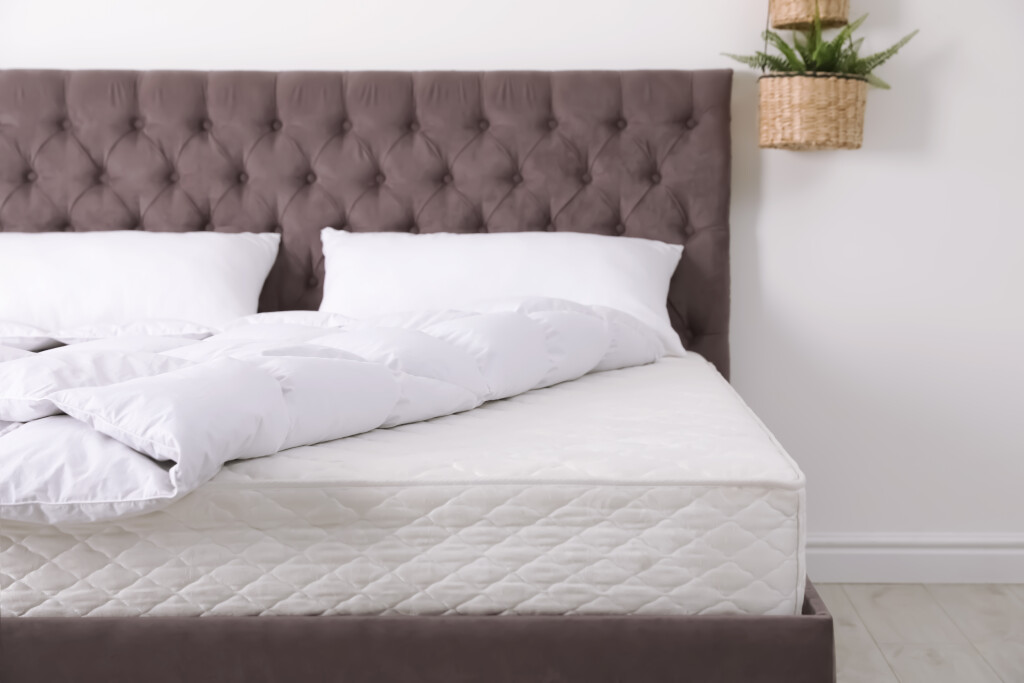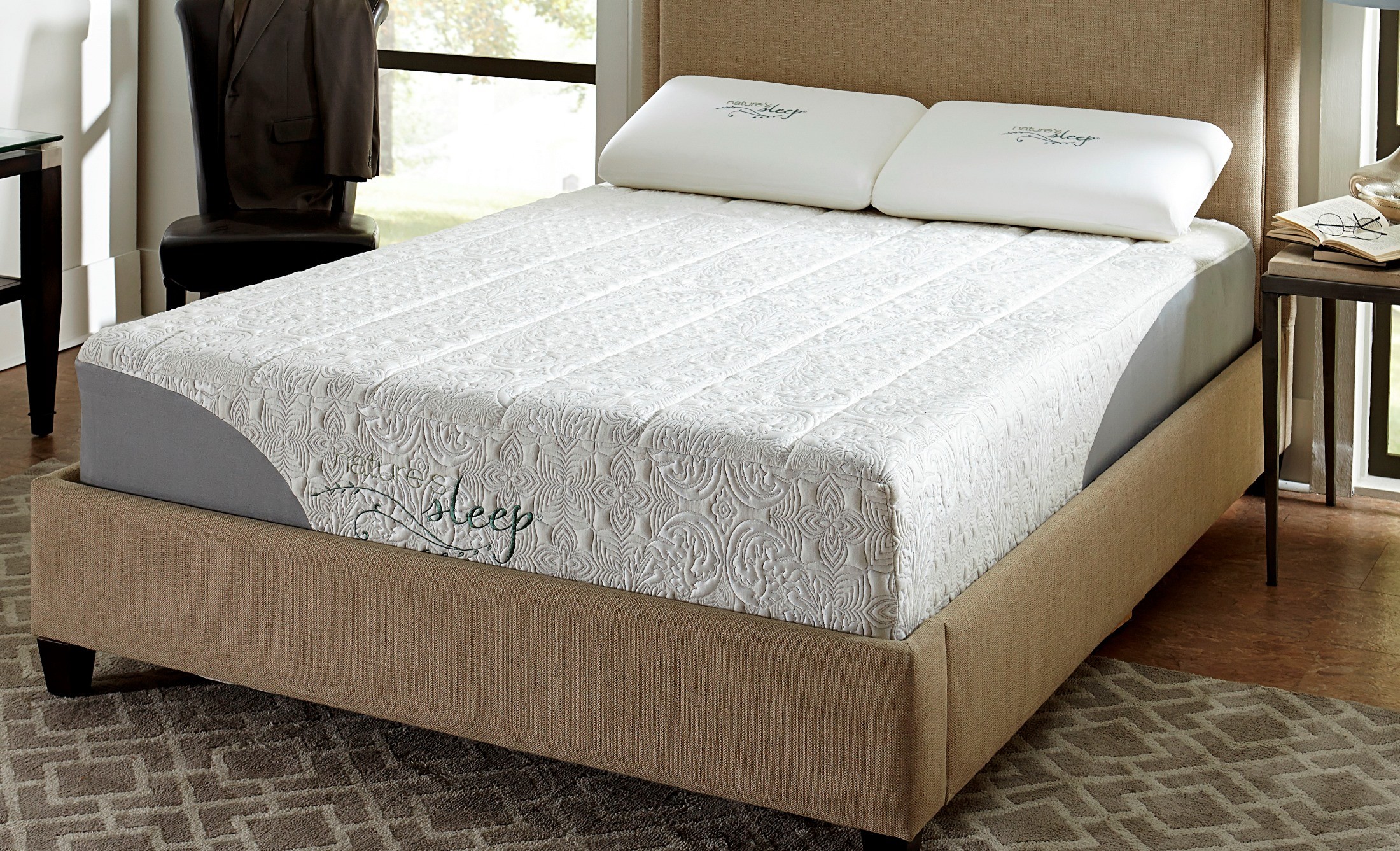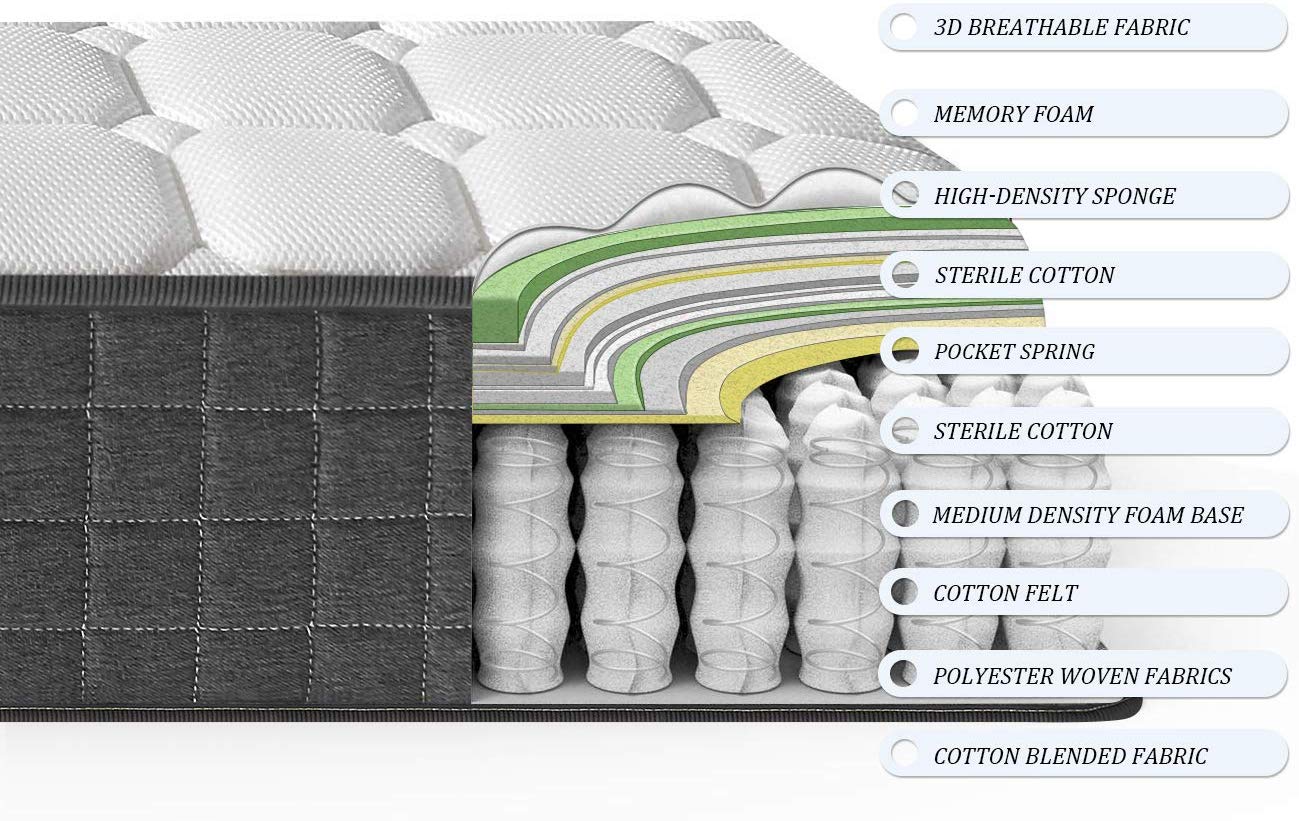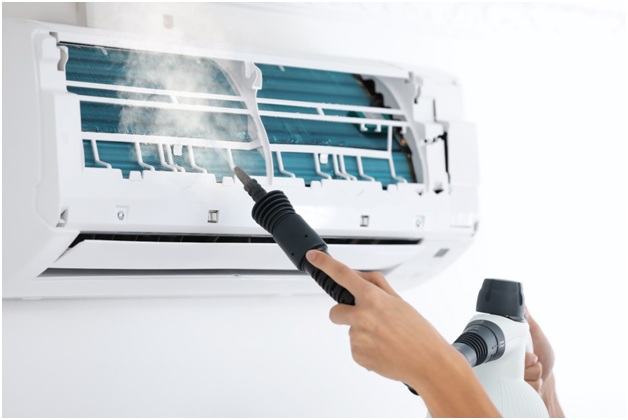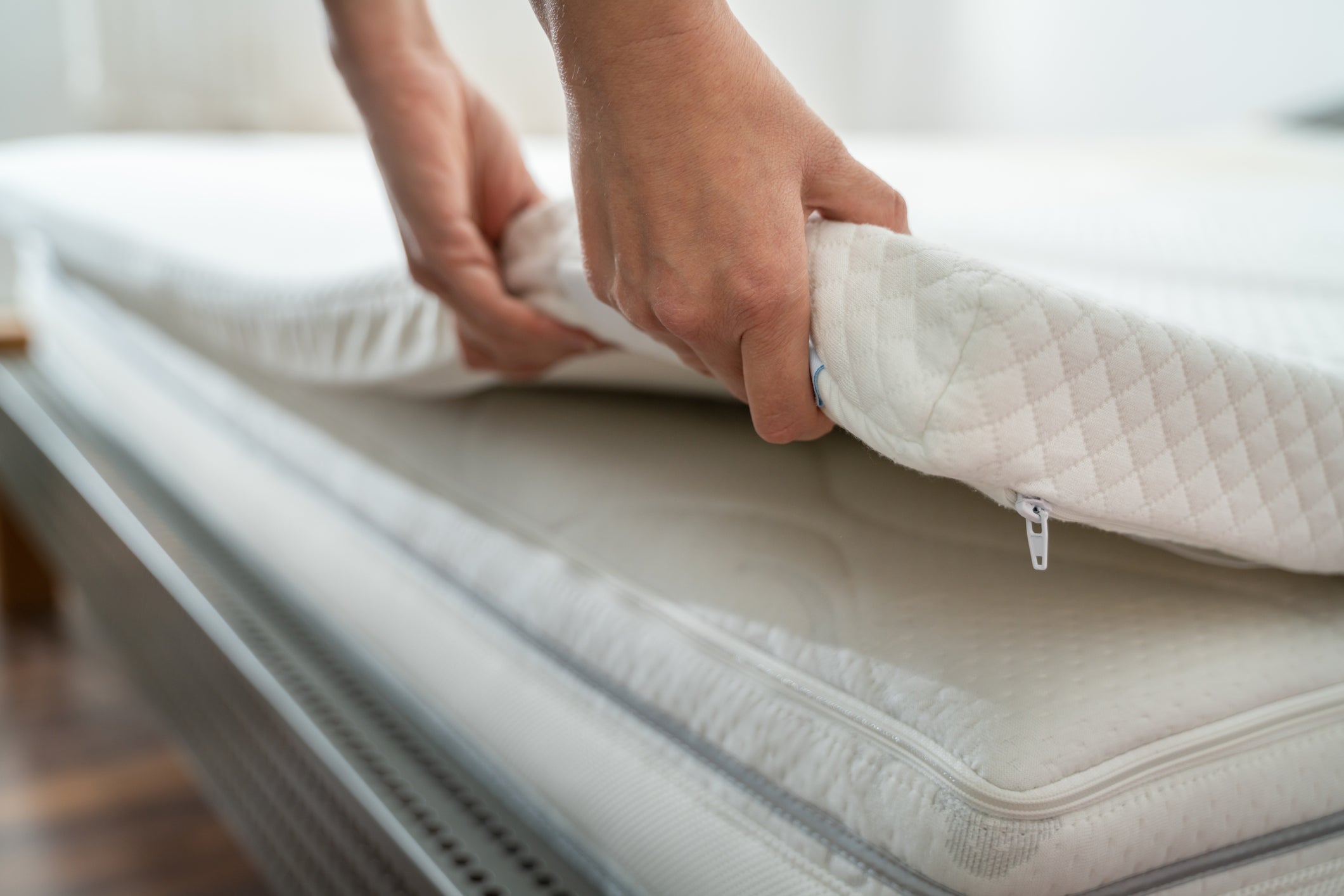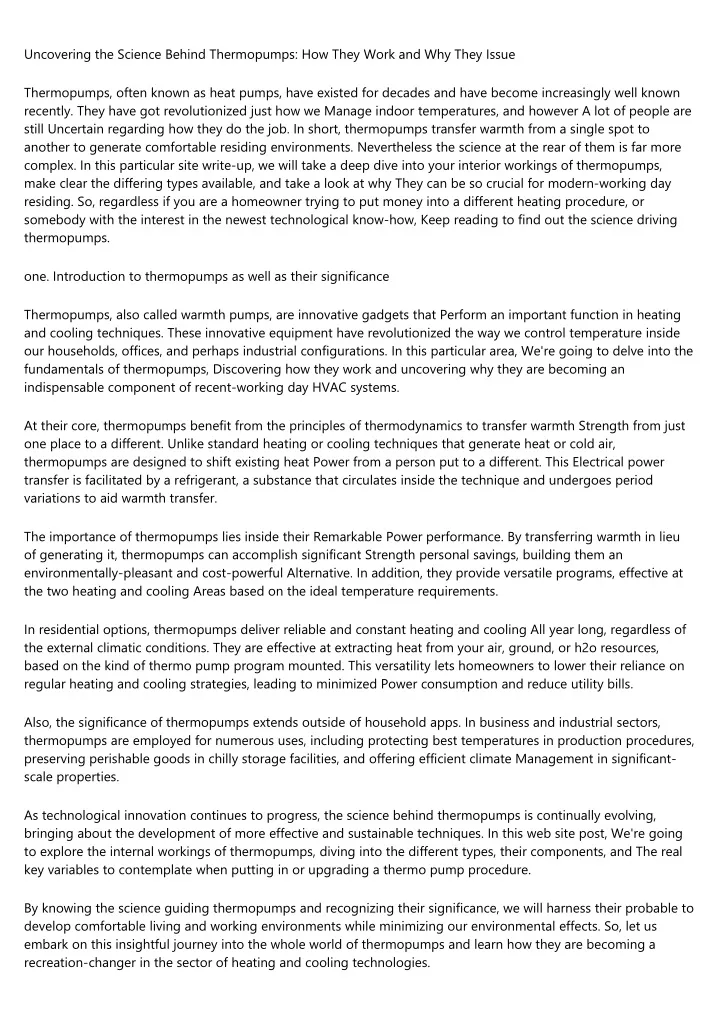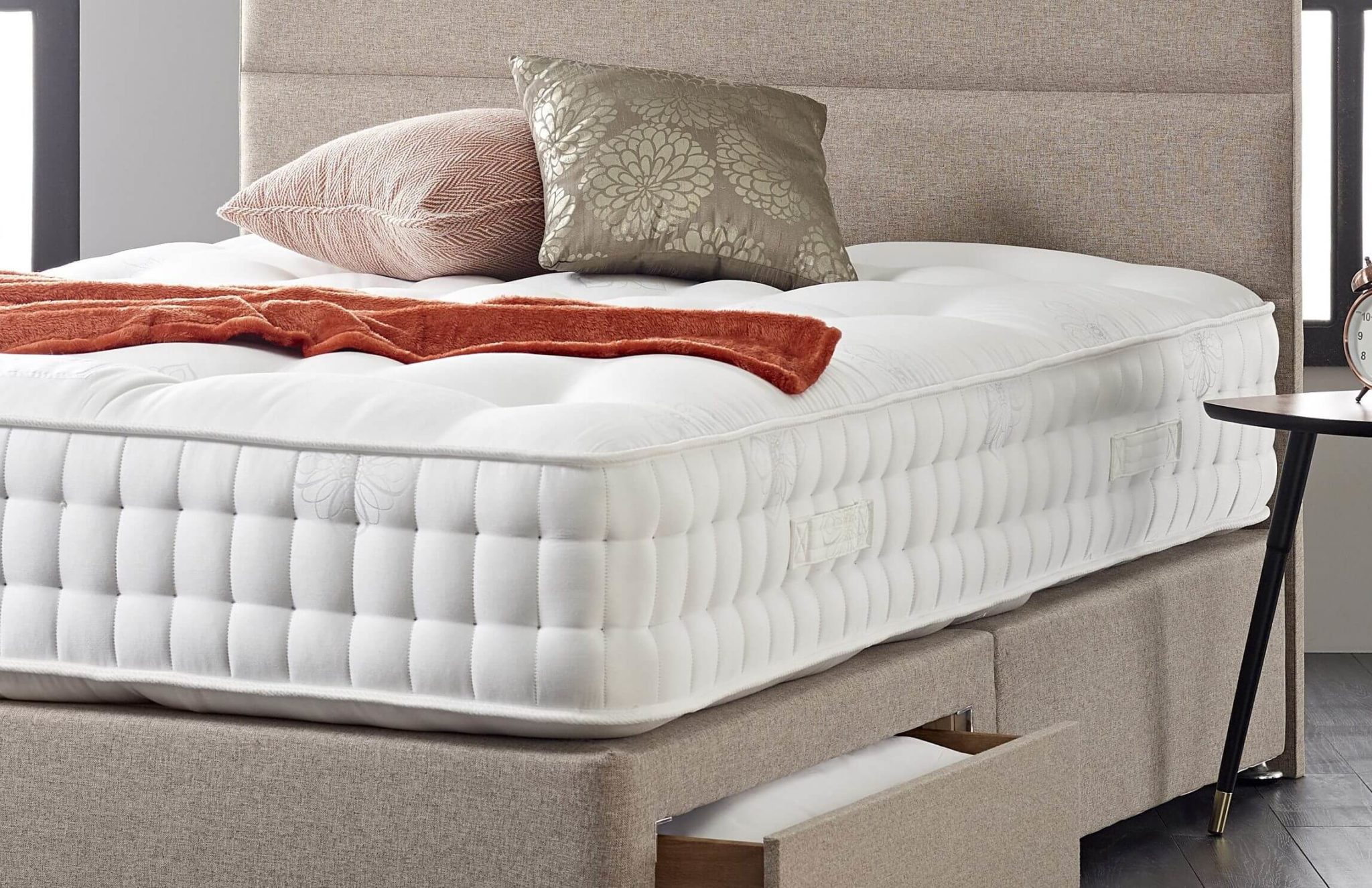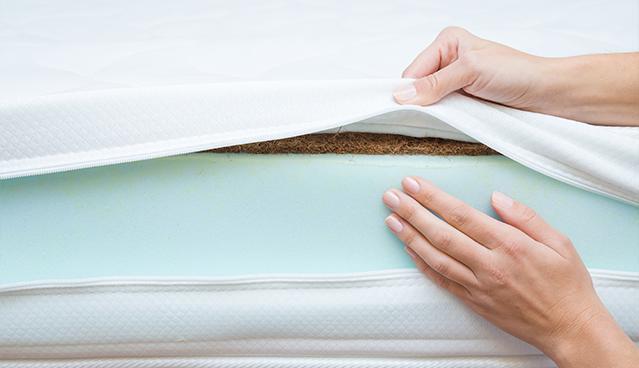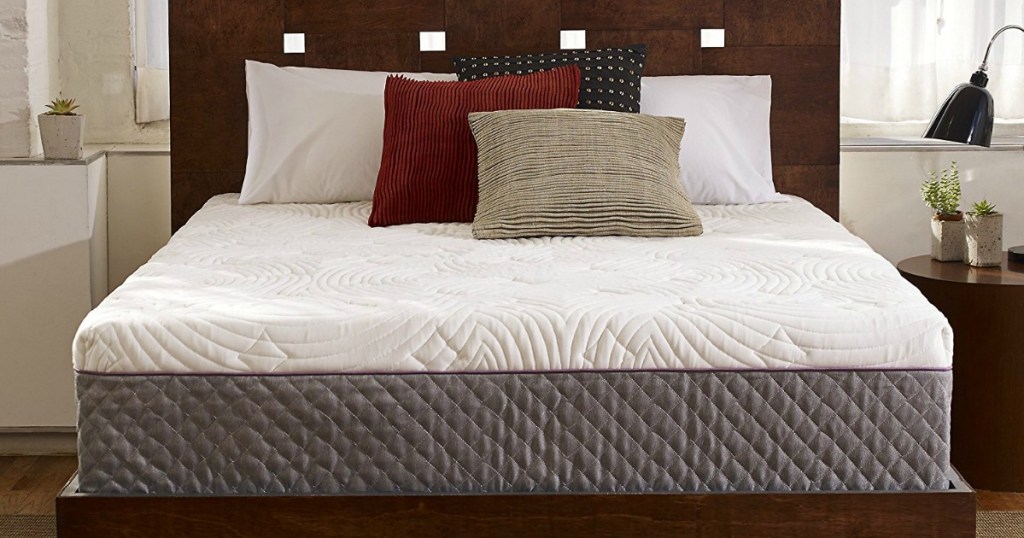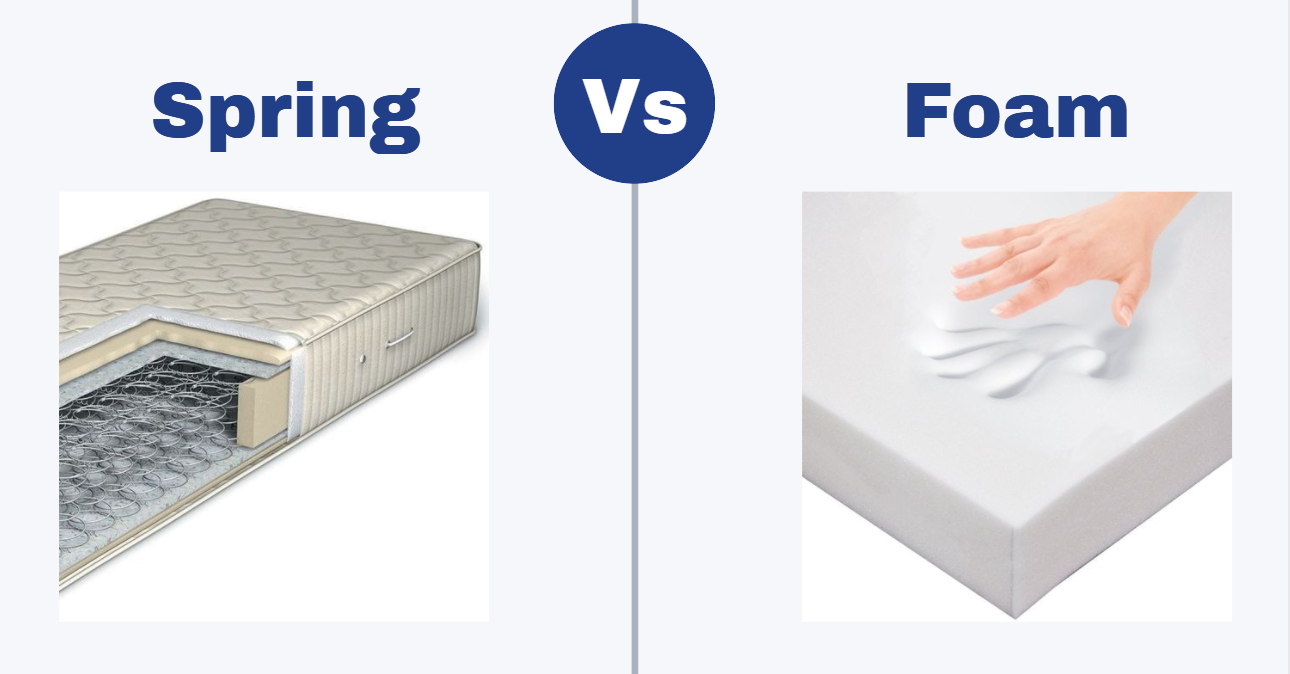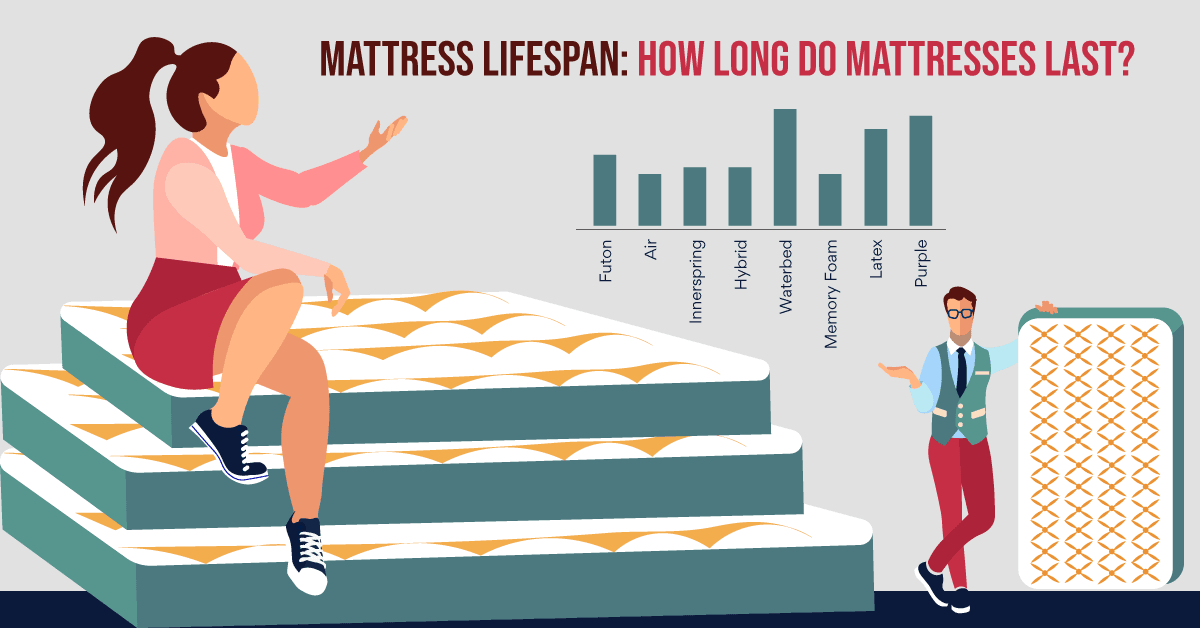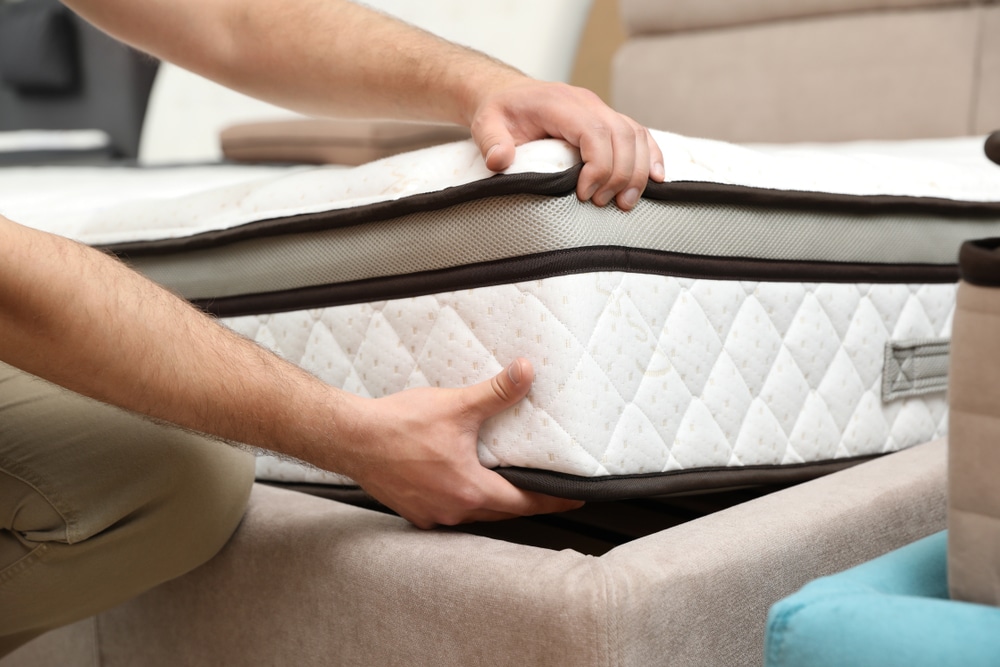Foam mattresses have become increasingly popular in recent years, thanks to their ability to provide a comfortable and supportive sleep surface. But as with any type of mattress, proper care and maintenance are essential for maximizing its lifespan and ensuring a good night's sleep. One question that often arises is whether foam mattresses need to breathe. Let's dive into the world of foam mattresses and their breathability to find out.Do Foam Mattresses Need to Breathe?
Proper care and maintenance are crucial for ensuring the longevity of your foam mattress. This includes regular cleaning and rotation, as well as providing adequate airflow. While it may seem counterintuitive, foam mattresses do need to breathe in order to maintain their shape and support. Without proper airflow, moisture can become trapped, leading to mold and bacteria growth, which can affect the quality of your sleep and the lifespan of your mattress.How to Care for Your Foam Mattress
So why is proper airflow important for foam mattresses? The main reason is to prevent the buildup of moisture. When we sleep, our bodies release perspiration, and this moisture can seep into the layers of the mattress. If the mattress does not have sufficient airflow, the moisture can become trapped and lead to the growth of mold and bacteria. Not only can this affect the quality of your sleep, but it can also lead to unpleasant odors and potential health hazards.Why Proper Airflow is Important for Foam Mattresses
When looking for a foam mattress, you may come across terms like "open-cell" or "gel-infused" foam, which are known for their breathability. This is because these types of foam have air pockets or channels that allow for better airflow. Additionally, some foam mattresses have a layer of natural or synthetic fibers that provide additional breathability and moisture-wicking properties.Understanding the Breathability of Foam Mattresses
Investing in a breathable foam mattress can have several benefits. Firstly, it can help regulate your body temperature while you sleep, keeping you cool and comfortable. This is especially beneficial for those who tend to sleep hot. Secondly, a breathable foam mattress can prevent the buildup of moisture, keeping your mattress and sleep environment clean and fresh. Lastly, a well-ventilated foam mattress can provide better support and prevent sagging, ensuring a comfortable and restful sleep.Benefits of a Breathable Foam Mattress
If you already own a foam mattress and are looking to improve its breathability, there are a few simple steps you can take. One is to rotate your mattress regularly. This will allow for even distribution of weight and pressure, preventing the breakdown of foam in certain areas. Additionally, using a mattress protector or a breathable mattress pad can help promote airflow and protect your mattress from spills and stains.How to Improve Airflow for Your Foam Mattress
So how does the breathability of foam mattresses work? It all comes down to the structure of the foam. Traditional memory foam, for example, is known for retaining heat due to its dense and close-knit structure. However, newer types of foam, such as gel-infused and open-cell foam, have air pockets and channels that allow for better airflow. This helps to dissipate heat and moisture, creating a more comfortable and breathable sleep surface.The Science Behind Foam Mattress Breathability
There are a few misconceptions when it comes to foam mattresses and their breathability. One is that foam mattresses are always hot to sleep on. While this may have been true in the past, newer types of foam have been specifically designed to address this issue. Another misconception is that foam mattresses do not need to breathe at all. As we have discussed, proper airflow is essential for maintaining the quality and lifespan of a foam mattress.Common Misconceptions About Foam Mattresses and Airflow
When shopping for a foam mattress, it's essential to consider its breathability. Look for terms like "open-cell" or "gel-infused" foam, as well as natural or synthetic fiber layers. Additionally, read reviews from other customers to see how they have experienced the breathability of the mattress. Investing in a breathable foam mattress can make a significant difference in the quality of your sleep and the longevity of your mattress.Choosing a Breathable Foam Mattress for Better Sleep
In conclusion, foam mattresses do indeed need to breathe. Proper airflow is essential for maintaining a clean and supportive sleep surface, promoting better sleep, and extending the lifespan of your mattress. Remember to rotate your mattress regularly, use a breathable mattress protector, and consider investing in a foam mattress with features that promote better airflow. Your sleep and your foam mattress will thank you for it.Maximizing the Lifespan of Your Foam Mattress with Proper Airflow
Why Breathability is Important for Foam Mattresses

The Role of Breathability in Mattress Design
 When it comes to choosing the right mattress for your bedroom, there are a lot of factors to consider. From firmness to support, there are many important features that can impact your quality of sleep. One often overlooked factor is breathability, especially when it comes to foam mattresses. While many people assume that foam mattresses don't need to “breathe” like traditional spring mattresses, this is actually a common misconception. In fact, breathability plays a crucial role in the design and performance of foam mattresses.
What is Breathability?
Breathability refers to a material's ability to allow air and moisture to pass through it. When it comes to mattresses, this means that air can circulate through the layers of the mattress, preventing heat and moisture from becoming trapped. This is important because when we sleep, our bodies naturally release heat and moisture. Without proper breathability, these elements can become trapped in the mattress, leading to discomfort and even mold or mildew growth.
When it comes to choosing the right mattress for your bedroom, there are a lot of factors to consider. From firmness to support, there are many important features that can impact your quality of sleep. One often overlooked factor is breathability, especially when it comes to foam mattresses. While many people assume that foam mattresses don't need to “breathe” like traditional spring mattresses, this is actually a common misconception. In fact, breathability plays a crucial role in the design and performance of foam mattresses.
What is Breathability?
Breathability refers to a material's ability to allow air and moisture to pass through it. When it comes to mattresses, this means that air can circulate through the layers of the mattress, preventing heat and moisture from becoming trapped. This is important because when we sleep, our bodies naturally release heat and moisture. Without proper breathability, these elements can become trapped in the mattress, leading to discomfort and even mold or mildew growth.
The Importance of Breathability in Foam Mattresses
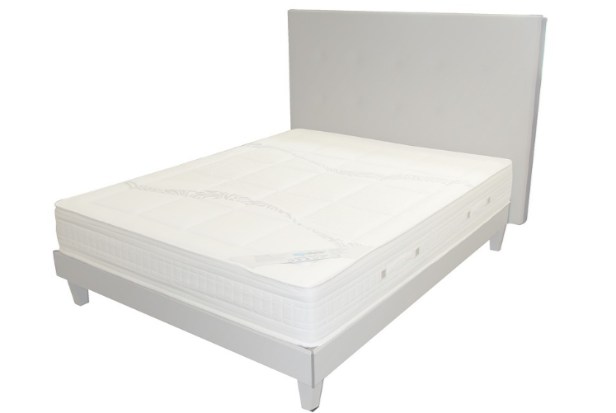 Foam mattresses, like memory foam or latex, are known for their contouring support and pressure relief. However, these materials can also retain heat and moisture, making breathability a crucial factor in their design. Without proper breathability, foam mattresses can become uncomfortable and even pose health hazards. This is why many foam mattress manufacturers incorporate breathability features, such as open-cell technology and ventilation channels, to promote better air flow and prevent heat and moisture buildup.
The Benefits of a Breathable Foam Mattress
A foam mattress with good breathability offers several benefits for sleepers. First, it helps regulate body temperature, preventing overheating and promoting a comfortable sleep environment. This is especially important for those who tend to sleep hot. Additionally, a breathable foam mattress can prevent the growth of bacteria and mold, which can cause allergies and respiratory issues. Finally, a mattress with good breathability can extend the lifespan of your mattress by keeping it clean and free of moisture-related damage.
Foam mattresses, like memory foam or latex, are known for their contouring support and pressure relief. However, these materials can also retain heat and moisture, making breathability a crucial factor in their design. Without proper breathability, foam mattresses can become uncomfortable and even pose health hazards. This is why many foam mattress manufacturers incorporate breathability features, such as open-cell technology and ventilation channels, to promote better air flow and prevent heat and moisture buildup.
The Benefits of a Breathable Foam Mattress
A foam mattress with good breathability offers several benefits for sleepers. First, it helps regulate body temperature, preventing overheating and promoting a comfortable sleep environment. This is especially important for those who tend to sleep hot. Additionally, a breathable foam mattress can prevent the growth of bacteria and mold, which can cause allergies and respiratory issues. Finally, a mattress with good breathability can extend the lifespan of your mattress by keeping it clean and free of moisture-related damage.
How to Enhance the Breathability of Your Foam Mattress
 If you already own a foam mattress but are concerned about its breathability, there are a few things you can do to improve it. First, make sure to choose a mattress with breathable materials and features, such as those mentioned above. You can also invest in a mattress protector or topper specifically designed to enhance breathability. Additionally, proper maintenance, such as rotating your mattress and keeping it clean, can also help improve its breathability.
Conclusion
While foam mattresses may not have the same ventilation needs as traditional spring mattresses, breathability is still an important factor to consider. It can impact your comfort, health, and the lifespan of your mattress. By choosing a foam mattress with good breathability and implementing simple maintenance and enhancement techniques, you can ensure a comfortable and healthy sleep environment for years to come.
If you already own a foam mattress but are concerned about its breathability, there are a few things you can do to improve it. First, make sure to choose a mattress with breathable materials and features, such as those mentioned above. You can also invest in a mattress protector or topper specifically designed to enhance breathability. Additionally, proper maintenance, such as rotating your mattress and keeping it clean, can also help improve its breathability.
Conclusion
While foam mattresses may not have the same ventilation needs as traditional spring mattresses, breathability is still an important factor to consider. It can impact your comfort, health, and the lifespan of your mattress. By choosing a foam mattress with good breathability and implementing simple maintenance and enhancement techniques, you can ensure a comfortable and healthy sleep environment for years to come.




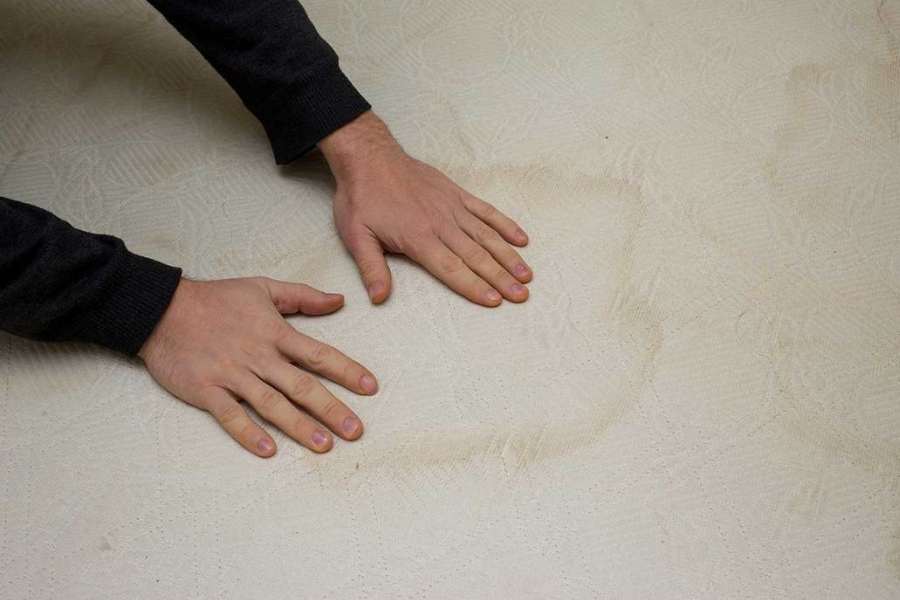
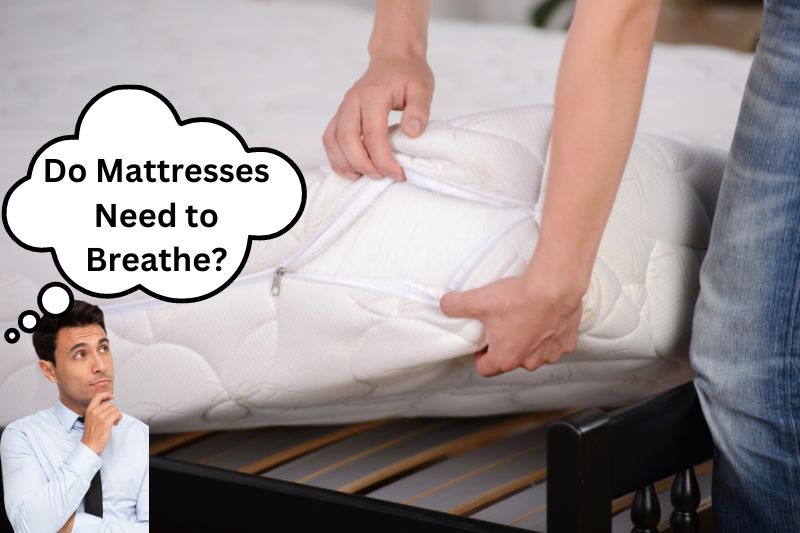



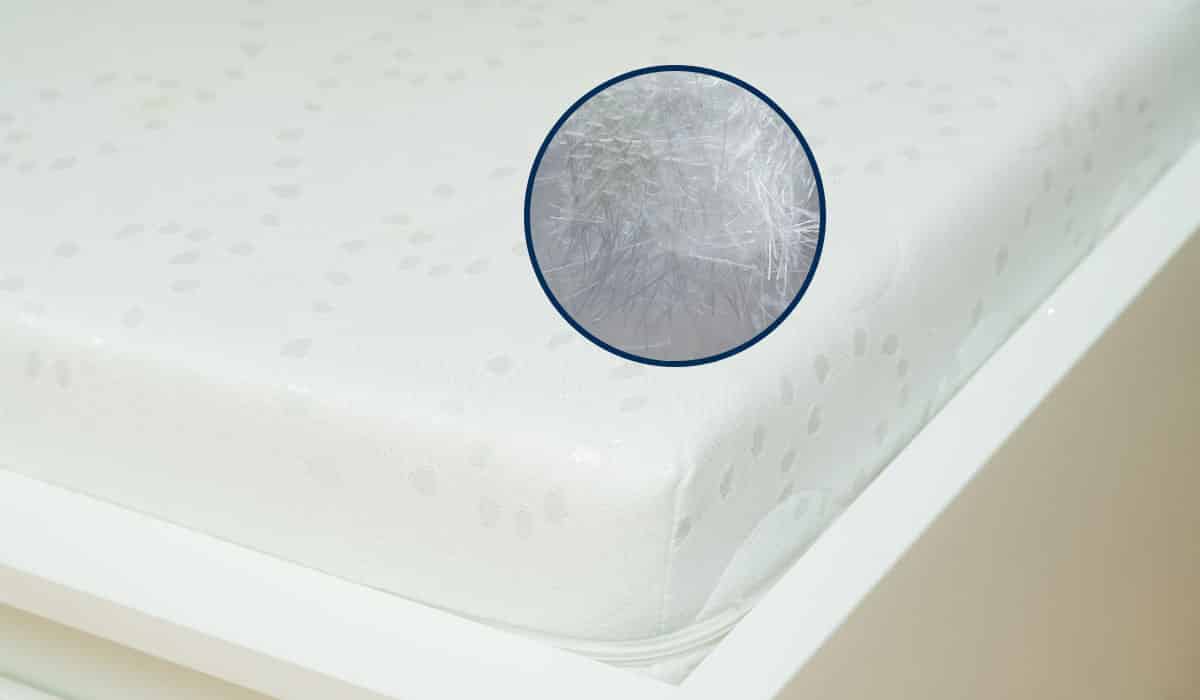
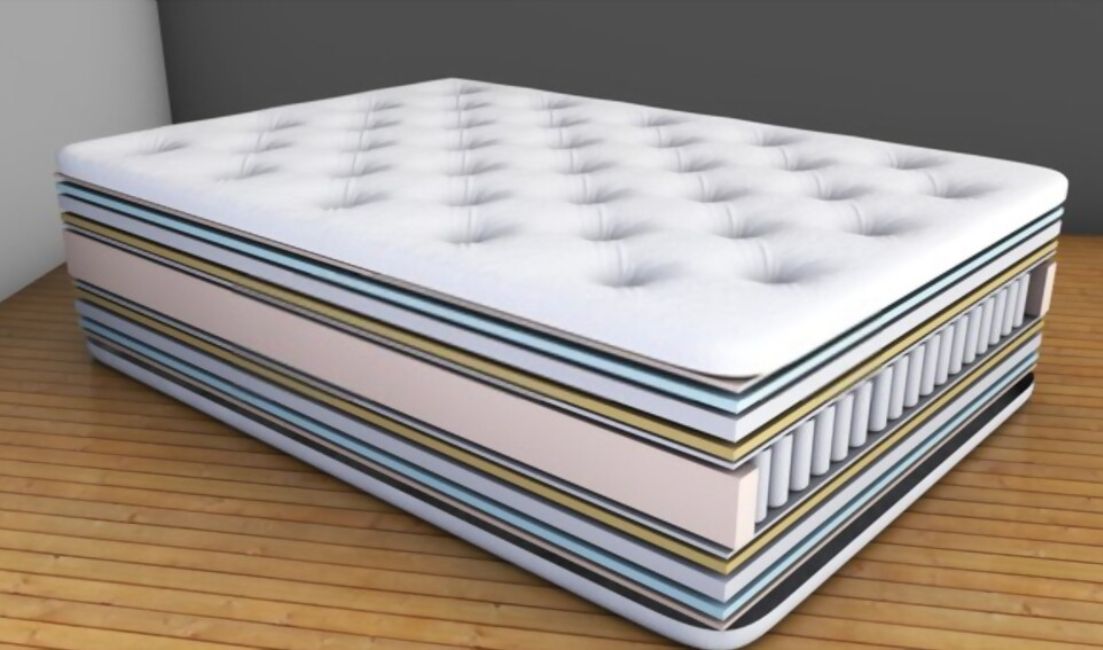




:max_bytes(150000):strip_icc()/SleeponLatex-b287d38f89374e4685ab0522b2fe1929.jpeg)



